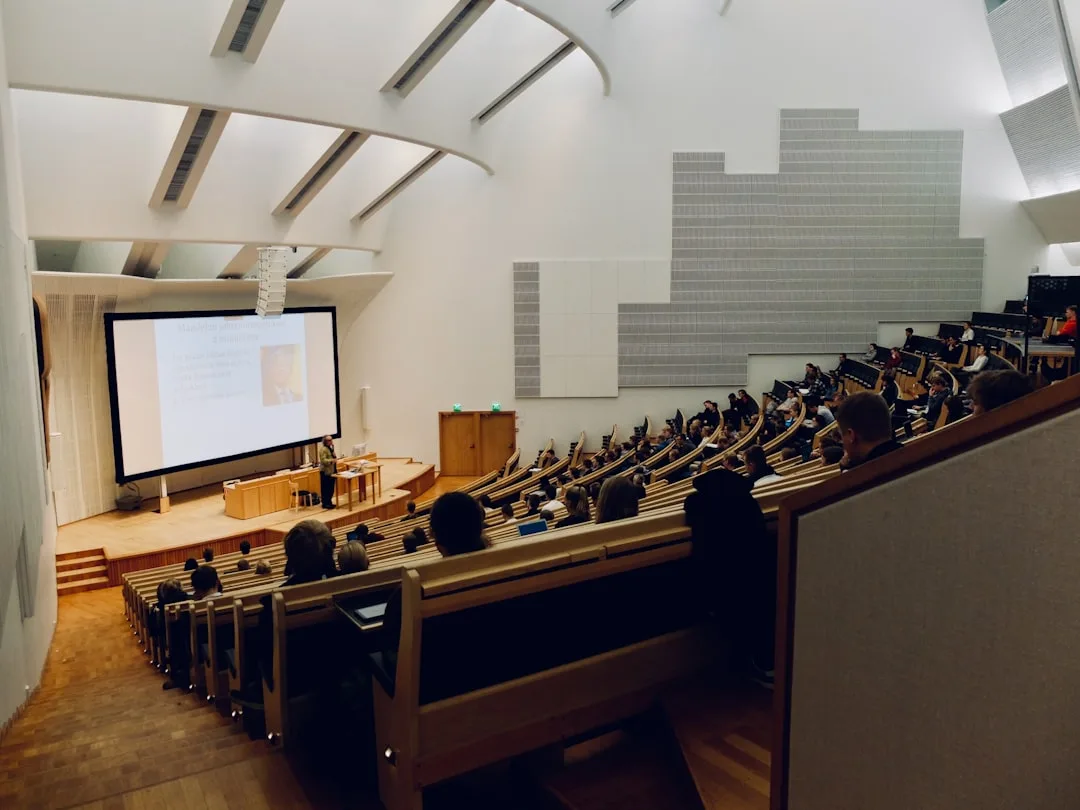When “International Recruitment” Starts Costing You Money: How To Avoid Those Mistakes
European universities are learning that international tuition isn’t free money. Discover how smarter international student recruitment and marketing strategies can turn risky revenue into reliable




